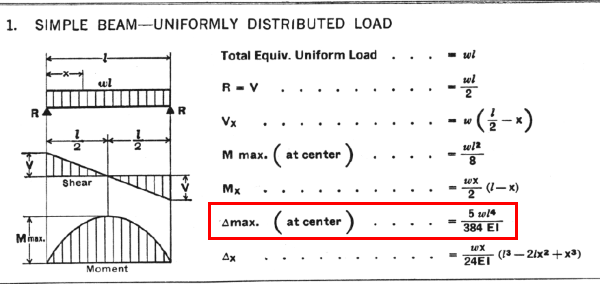JJStructural
Structural
- Nov 20, 2019
- 7
Hi Everyone,
I am designing beams & girders for a non-rectangular bay and I am trying to decide if I should camber the beams or not. I created two RAM models, one with cambers and one without. The steel weight is reduced about 30-40% with cambering. The issue is my beam lengths vary significantly from about 15'-40' long and therefore, the amount of camber would be different for many beams and some beams would have no camber at all. Would it be better to beef up the member sizes in this situation or is it okay to have different cambers? I've never cambered beams before but I would like to go the most economical route. Thanks!
I am designing beams & girders for a non-rectangular bay and I am trying to decide if I should camber the beams or not. I created two RAM models, one with cambers and one without. The steel weight is reduced about 30-40% with cambering. The issue is my beam lengths vary significantly from about 15'-40' long and therefore, the amount of camber would be different for many beams and some beams would have no camber at all. Would it be better to beef up the member sizes in this situation or is it okay to have different cambers? I've never cambered beams before but I would like to go the most economical route. Thanks!

![[idea] [idea] [idea]](/data/assets/smilies/idea.gif)
